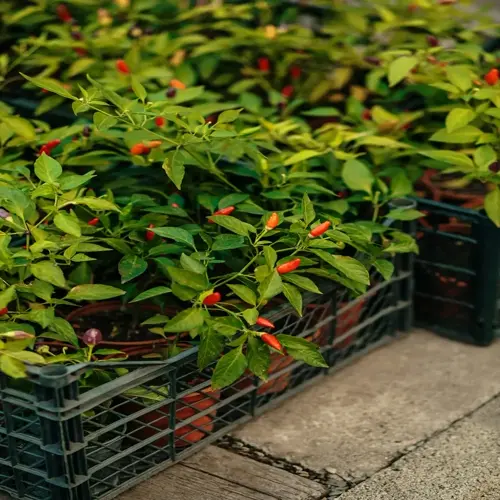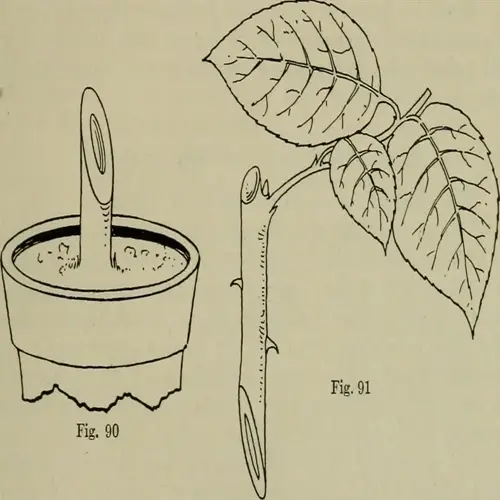What fertilizer works best for container spinach?

Written by
Olivia Mitchell
Reviewed by
Prof. Charles Hartman, Ph.D.Container spinach is happy with fertilizers high in nitrogen, such as fish emulsion, applied every three weeks. The nitrogen sustains leafy growth without producing early bolting. High-phosphorus products stress plants, resulting in bolting. Slow-release granular fertilizers mixed into the soil before planting give consistent nutrition without risking root burn.
Optimal Formulas
- Fish emulsion: 5-1-1 NPK ratio for leafy growth
- Worm tea: Provides micronutrients and beneficial microbes
- Blood meal: Slow-release nitrogen source
- Compost tea: Gentle weekly option for seedlings
Application Techniques
- Dilute liquid fertilizers to half strength
- Apply directly to soil avoiding leaf contact
- Water thoroughly before fertilizing
- Time applications for cool morning hours
Adopt a balanced feeding schedule beginning three weeks after germination. Start with one-quarter-strength solutions and gradually rise to full-strength solutions as the plants mature. Stop fertilizing during periods of excessive heat above 85°F, when plants may be stressed and more susceptible to burning.
Identify symptoms of nutrient deficiency to intervene with early remediation practices. Faded yellow leaves indicate a nitrogen deficiency, which requires adding a solution of fish emulsion immediately. Purple leaf margins indicate a phosphorus excess; hence, bolting would require flushing the soil with plain water.
To achieve optimal results, a combination of granular and liquid fertilizers should be used. I incorporated some slow-release granules into the soil at the time of planting. I regularly supplemented with a fish emulsion liquid fertilizer. This combination maintains steady amounts of nutrition without upsetting the plants. Container spinach responds quickly to careful feeding, exhibiting impressive and rapid growth.
Read the full article: How to Grow Spinach in Containers Successfully

